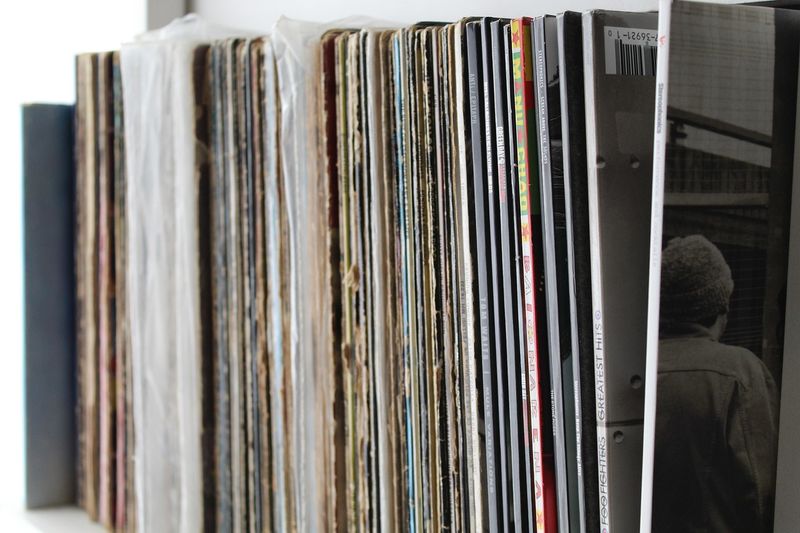In recent years, sampling has become a mainstay in popular music, appearing in everything from rap to EDM. But the technique has a long and complex history. Let's take a look at the origins and evolution of sampling in music.
Sampling first appeared in the late 1960s when musicians began using tape recorders to record and manipulate existing sounds. The first examples of sampling were used in avant-garde and experimental music, such as the works of Pierre Schaeffer, who used tape loops to create new sounds.
In the 1970s, as electronic music technology began to advance, sampling became more common. Early samplers were used to create new rhythms and sounds, often by isolating and manipulating sections of existing music. This technique allowed musicians to create intricate and complex soundscapes without having to play each note themselves.
In the 1980s, sampling technology became more accessible and began to be used in a range of genres. In particular, hip hop producers began to use sampling to create loops and beats from existing recordings. This allowed them to create complex soundscapes from existing records, often giving them a unique sound.
The 1990s saw an explosion of sampling in popular music. Producers began to use samplers to create entire songs, often by combining samples from multiple sources. This gave the music a unique and innovative sound, and sampling began to be used in a wide range of genres, from pop to rock.
In the 2000s, sampling technology became even more accessible, with the advent of digital samplers. These samplers allowed producers to manipulate existing sounds in a much more precise way, allowing them to create incredibly intricate soundscapes.
Today, sampling is a mainstay in popular music. Producers use samples to create complex and innovative soundscapes, often blending samples from multiple sources to create something entirely new. Sampling has allowed producers to create unique and interesting sounds, and has become an essential part of the modern music landscape.
Sampling has come a long way since its humble beginnings in the 1960s. Today, it is an essential part of popular music and has allowed producers to create innovative and unique soundscapes. From avant-garde to EDM, sampling has become an integral part of the music landscape, and its influence is only growing.

